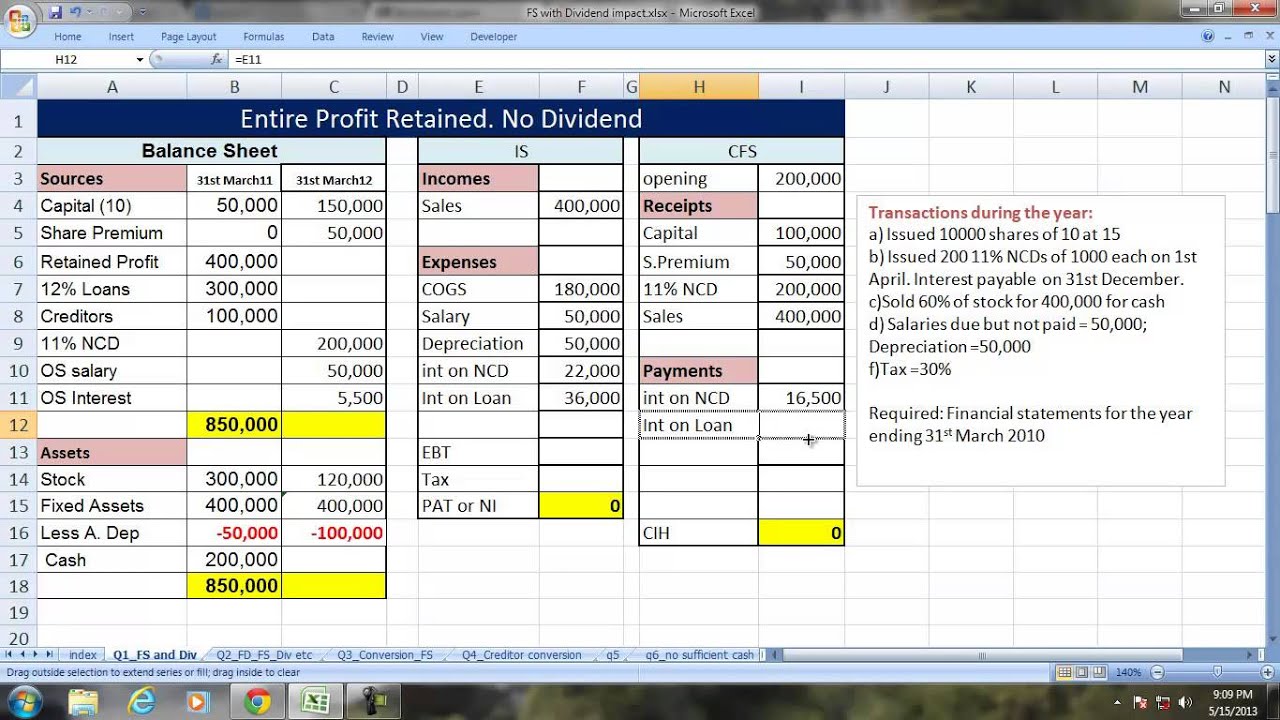Home>Finance>Strip: Definition, Bond Example, Options Strategy


Finance
Strip: Definition, Bond Example, Options Strategy
Published: February 3, 2024
Learn the definition of strip in finance, how it works as a bond example, and its application as an options strategy. Enhance your knowledge in finance with this comprehensive guide.
(Many of the links in this article redirect to a specific reviewed product. Your purchase of these products through affiliate links helps to generate commission for LiveWell, at no extra cost. Learn more)
STRIPS: DEFINITION, BOND EXAMPLE, OPTIONS STRATEGY
Finance is a vast and dynamic field that encompasses various avenues for individuals and businesses alike. In this blog post, we will dive into the world of finance and explore the intriguing concept of STRIPS, including its definition, bond example, and options strategy. So buckle up and get ready to expand your financial knowledge!
Key Takeaways:
- STRIPS, short for Separate Trading of Registered Interest and Principal Securities, are zero-coupon bonds.
- These bonds are created by separating the interest and principal components of a conventional bond and selling them individually.
What are STRIPS?
STRIPS, or Separate Trading of Registered Interest and Principal Securities, are a unique type of bond that has gained popularity among investors. A STRIP is essentially a zero-coupon bond, meaning it does not pay periodic interest but is instead sold at a discount to its face value. These bonds are created by separating the interest and principal components of a conventional bond and selling them individually.
This separation into individual components allows investors to buy and trade the interest and principal portions separately, providing flexibility and potential investment opportunities.
A Bond Example
To illustrate the concept of STRIPS, let’s consider a hypothetical bond issued by XYZ Corporation with a face value of $10,000 and a coupon rate of 5%. This bond pays semi-annual interest, meaning $250 is paid every six months throughout its maturity.
Now, let’s assume an investor purchases this bond and decides to strip it. The investor separates the interest payments (coupons) from the principal amount. The interest payments, consisting of $250 each, can then be sold as individual STRIPS. The principal amount, $10,000, can also be sold as a separate STRIP.
Investors who prefer a fixed income stream may choose to purchase the interest STRIPS, while those seeking long-term capital appreciation might opt for the principal STRIP. The flexibility provided by STRIPS allows investors to tailor their investment strategies according to their financial goals and risk tolerance.
Options Strategy with STRIPS
Now, let’s explore an options strategy in which STRIPS can be utilized. One such strategy is a strip straddle, also known as a strip strap. In a strip straddle, an investor simultaneously buys an equal number of interest STRIPS and principal STRIPS with the same maturity date.
This options strategy is employed when an investor anticipates a significant movement in the bond’s price but is uncertain about the direction. By purchasing both interest and principal STRIPS, the investor can profit from a rise or fall in the bond’s price, regardless of the direction it takes.
By employing this strategy, investors can potentially benefit from market volatility and make informed investment decisions even in uncertain times.
Conclusion
STRIPS, or Separate Trading of Registered Interest and Principal Securities, offer investors a unique opportunity to customize their investment strategies and benefit from the flexibility and potential returns they provide. Whether you are a seasoned investor exploring new avenues or a finance enthusiast looking to expand your knowledge, understanding STRIPS can open doors to exciting possibilities in the world of finance.
So next time you come across the term STRIPS, you’ll have a better grasp of what it entails and how it can be leveraged to achieve your financial goals. Happy investing!














